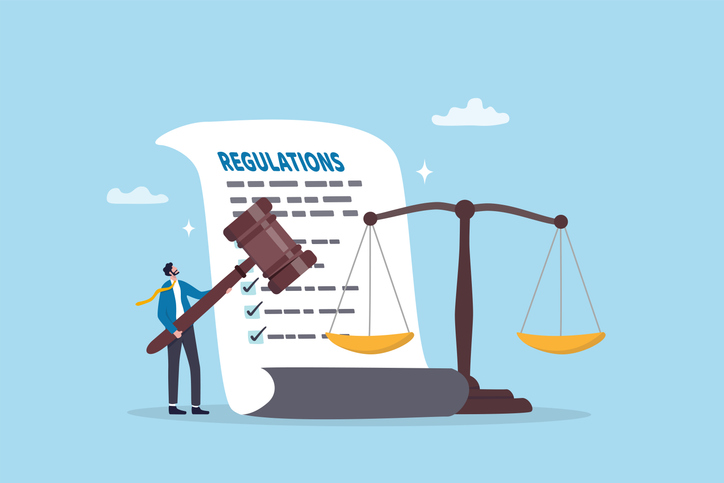I’ll always remember, in my early days as a sales executive, when a key deal my company was working on was missed – and no individual on my team was able to explain why, or take ownership of the problem.
Often, delays were not down to the customers; we sometimes overlooked some of the small details. Last-minute changes on contractual payment terms and discount approvals were needed, but not knowing who to chase, or where they were, meant on occasion deadlines were missed. Due to a lack of transparency and accountability, when a deal slipped, there was no way of knowing how to prevent the same thing from happening in the future.
Finally, I decided to find out once and for all what the problem was. I held one-on-one talks with everyone on my team until I pinpointed a few crucial stages of the process where delays had taken place – approvers were unaware of changes, slow to respond to calls, or were unavailable to sign documents – and a lack of communication meant others were left in the dark.
Since then I’ve ensured everyone in my department takes ownership of their stage of the process, while also ensuring that everyone else in the department knows what stage we’ve reached, and who’s responsible for which tasks. In other words, transparency and accountability can streamline your processes, drive better workflow, and ensure that your team actually achieves what you aim to get done.
The power of transparency
Although a holdup in a process can be frustrating, it’s even more frustrating to have no clear perspective on the cause of the problem. Every business has experienced the frustration of trying to solve a delay in a process where someone has to approve a certain step. As can often happen, when a team misses a big deal or it suffers delays, everyone is quick to assigning blame to everyone else, but nobody steps up to take ownership. It can take several days of conversations with a team to determine where errors had occurred. In short, a team can strive to achieve goals, but without any built-in transparency it’s impossible to keep everyone up to date.
This problem’s applications reach into any area of work where a business depends on steps getting approved and authorised so processes can keep moving, from procurement and logistics, to accounting and HR, to engineering and production – and even into deals and sales. In all these areas and more, lack of transparency slows operations down, preventing employees from working at maximum efficiency.
The accountability transformation
Transparency and accountability go hand in hand; transparency creates accountability, and this leads to concrete action. Once a business has a clear view of how their approval process works, they determine who’s accountable for each process. Sometimes that means getting analytics on who’s opened a document, how far they’ve read through it, what action they’ve taken inside it – and where the process is getting held up. When everyone knows who’s responsible for making decisions, how to reach those decision makers, and how the approval process works as a whole, it’s much simpler to keep everyone on the same wavelength, and drive the process forward.
This isn’t just wishful thinking – all the tools for this accountability are currently-available technology.
Built-in accountability completely eliminates common excuses like, ‘Oh, I haven’t seen that email’ or ‘Nobody told me about this’ – because when an employer takes responsibility for finding and talking with whoever has delayed a process, he’ll understand the employer has evidence of this failure. This transforms the dynamic of the conversation, and focuses the dialogue on getting things done.
Building transparency from the ground up
But the ability to track who’s opened documents is only the tip of the iceberg. Transparency and accountability need to be built into a business’ culture, from the executive level down. Everyone on a team needs to be accountable for managing specific steps in the process – and everyone else in the department needs to know which steps remain to be completed, and who’s responsible for completing them.
As a matter of fact, a business’ commitment to maintaining transparency and accountability can reach far beyond their own company. If recipient-tracking technology is introduced – along with the fundamental principles of clarity and responsibility – to discussions with suppliers and partners, the clarity brought to the entire approval chain can help them target weaknesses in their own approaches, enabling them to speed up their processes as well.
Ensuring employees are a part of a company culture which places an emphasis on accountability, and that internal processes support this, is crucial to establishing a transparent document workflow. What’s more, by sharing these principles with partners, customers and suppliers, businesses can promote this culture across their entire supply chain – achieving even greater business benefits in the process. In short, a focus on organisation-wide transparency and personal accountability enables a business to work smarter and get things done a lot more efficiently.
Richard Langham is head of EMEA at Adobe Document Cloud.





